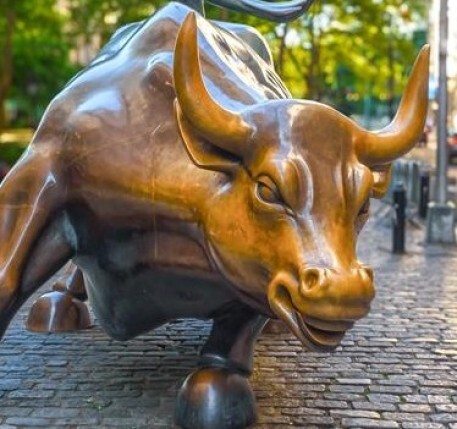The Fed's monetary policy meeting unsurprisingly led to a 50 bps increase in key rates. This decision, widely expected by Jerome Powell, was taken unanimously by all FOMC members, including James Bullard, a particularly hawkish member, who regularly advocates for more aggressive tightening to fight inflation. This meeting was also an opportunity for the American central bank to detail the pace of reduction in the size of its balance sheet: $47.5 billion ($30 billion in Treasury bills and $17.5 billion in MBS) in the next three months, before increasing the pace to $95 billion ($60 billion in Treasury bills and $35 billion in MBS), as announced in the last minutes of the FOMC. However, by the very admission of FOMC members, the consequences of this reduction are still uncertain on the tightening of financing conditions.
While these decisions were generally expected, Jerome Powell's speech, while remaining relatively hawkish, nevertheless calmed down at first, future expectations of rate hikes. The Chairman of the Fed has, in fact, declared that the members of the FOMC are not actively “considering” a 75 bps increase in key rates for the next meetings but that increases of 50 bps remain on the table. On economic analysis, Jerome Powell highlighted the persistent imbalances in the labor market. The number of vacancies is in fact at its highest, which maintains tensions on wage inflation and makes it more and more likely that the price/wage inflationary spiral will get out of hand, which the the Fed cannot afford, just like an “unanchoring” of inflation expectations. Thus, while the Chairman of the Fed has recognized that the central bank cannot do anything about exogenous inflationary factors (commodity prices and supply chain tensions), it can, on the other hand, act on domestic demand by tightening monetary. However, a rebalancing of the labor market can only be achieved through a slowdown in growth or an increase in the participation rate (elderly people, women, etc.), which the members of the FOMC still consider probable.
Regarding US growth, Jerome Powell considers that it remains solid, supported by household consumption and business investment. The Chairman of the Fed therefore continues to sell to investors, "a path", ideal let's face it, where the American central bank would manage to bring down inflation without putting the American economy into recession. The financial markets initially welcomed this speech, before quickly turning around. If the fact of seeing a “dovish” Fed, or rather less aggressive in the current context by excluding increases of 75 bps, has always supported the markets, investors seem to no longer believe in the path announced by Jerome Powell.










